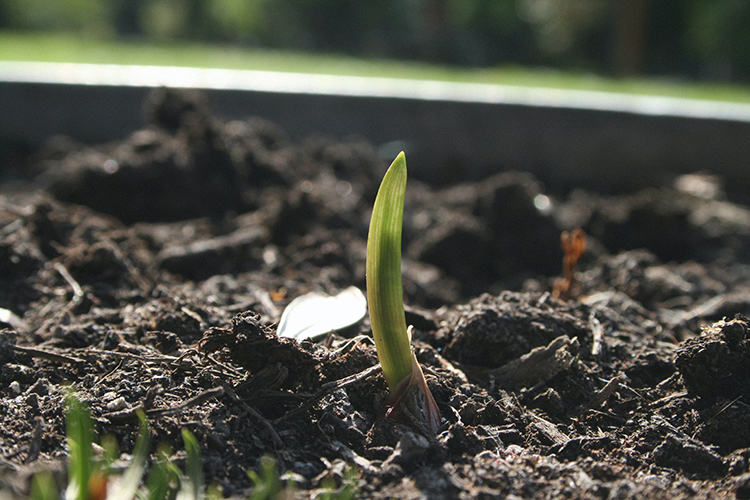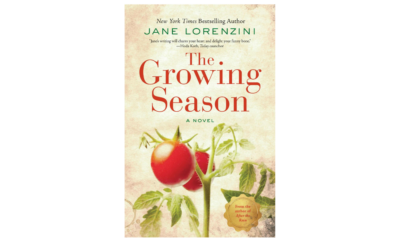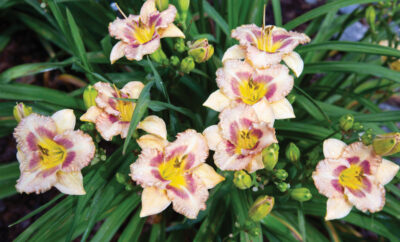Get to Know Your Garden Soil

Photo credit: Tina Xinia/Unsplash
When I enrolled in classes to become a Master Gardener, I took copious notes in a spiral-bound notebook. Looking back at my notes from the first week, I read, “One thing is more essential than anything else to gardening success: your soul.”
That seemed like holistic advice, but I was open to it. Later on, I crossed out “soul” and wrote “soil.” I hadn’t accounted for my instructor’s accent.
A funny misunderstanding, but I now believe it was true, because soil really is the soul of your garden. You won’t grow anything – except, perhaps, weeds – if the dirt in which you plant is unhealthy. So, before you get digging, you need to dig deep into understanding your soil.
See more: How Your Local Library Can Help You Sow the Seeds for Your Next Garden
Get to Know Your Soil
Start with an evaluation of what you’ve got before you make any changes. You don’t want to start adding amendments willy-nilly until you know what needs to be amended. Look at:
- This is one of the first things you might notice. Is your dirt red? Brown? Gray? A lighter color can mean less organic material. Darker colors can mean it is wet, and water may pool on top.
- How well does water permeate your soil? You want it wet enough to feed plants, but not so much to flood them and force nutrients to run off.
- Is your soil gritty and sandy? Does it fall apart when you try to make a ball? Can you use it like clay to make a little mound? Root vegetable crops (like carrots and potatoes) are partial to sandy soil. Bearded irises, hostas and shallow-rooted plants prefer the water-retaining property of clay.
- Does your soil have lots of nitrogen? Potassium? Figure out what you have so that you can provide the amendments your plants need. Again, it depends on what you are planting. Flowering fruits like tomatoes, for example, want more potassium.
- Test your pH levels, which means the acidity or alkalinity of the soil. Once you have your results, you can add limestone or sulfur to get to the balance you want for what you are planting. Rhododendrons and blueberries like more acid. Lilies of the valley and lavender like more alkaline.
Once you know the specifics of your soil, you’ll be able to plant smarter. Don’t forget to work to minimize erosion once you have it right, using mulch and plant cover so the soul of your garden doesn’t get washed away in the next rainstorm.
While you can measure how much water your soil retains on your own, getting an official soil analysis is the path to real results. UT Extension offices across the state will do the testing for you for a nominal fee. Your local office will let you know how much of a sample to bring – usually a cup or two of soil – and how much it will cost. As you collect your dirt, pay attention to the depth where you are digging. You want about 4 inches deep for lawns, 6 inches for gardens and 8 to 12 inches for orchards. Collect about 10 to 15 samples from different parts of your garden area to get a representative sample. To find your local UT Extension office, visit utextension.tennessee.edu.Where to Get Your Soil Tested in Tennessee
About the Author: Margaret Littman is a freelance writer and a Master Gardener of Davidson County. For more free advice on gardening in the Volunteer State, check with the UT Extension office in your county.
















Leave a Comment